
Dog Training has been taught using many diverse theories. When teaching your dog new tricks and tackling obedience training, keep in mind that it is going to take both dedication and patience. Along with that it also takes skill and a sense of personal awareness of not only the actions of your dog, but your own body language and training practices as well.
Below are three tips or guidelines that any dog trainer can make use of when training their dog:
1. Signals should be given to your dogs with only one hand and only one arm. In the most early stages you can exaggerate the signals to get your dog's interest, but after this has been done for awhile all signals must be given smoothly and swiftly without any extra body motion. The size or sex of your dog is not an issue here, as you can train almost any dog to pay attention to you and if he is paying attention to you he should see your signals.
There are some people who may disagree with this school of thought but those are the ones that have not yet learned how to make their dogs pay attention to them. You will have to monitor yourself very carefully so that you don't give out inadvertent body signals to your dog. It is quite natural for a beginner to nod his head, lean forward, or move his hands when he calls his dog. He is so engrossed in watching his dog that he is not aware of his own actions or movements. Have another person watch you so he can tell you when he notices you doing this. That is really the best way and sometimes the only way to really know if you are doing this or not.
2. Stay consistent - don't scold a dog for an offense one day and praise him the next day for the very same thing. You really cannot expect your dog to become familiar with an exercise if you keep varying your training methods each time you execute it. Dogs learn the basic work by repeating an exercise over and over and the entire training program should proceed easily and with as much consistency as possible. And keep in mind that the techniques you will use in training your puppy will be repeated in advanced exercises as your dog gets older and your handling manner should remain the same.
3. You should always be studying your dog so you can anticipate his reaction to any situation. You need to become attuned to your dog's sensitivities. If you have a gentle and quiet dog, do not provoke him by rough treatment. He will become very alert and responsive if you train your dog in a calm and gentle manner with consideration for his feelings. On the other hand, aggressive or overly playful dogs need a more forceful approach.
It may appear that the training of your dog requires a lot of time and patience as it does, but just remember that the payoffs will be immeasurable in the future.
 Great Pyrenees Grooming Tips – Special Techniques for Large Breed Dogs
Great Pyrenees Grooming Tips – Special Techniques for Large Breed Dogs
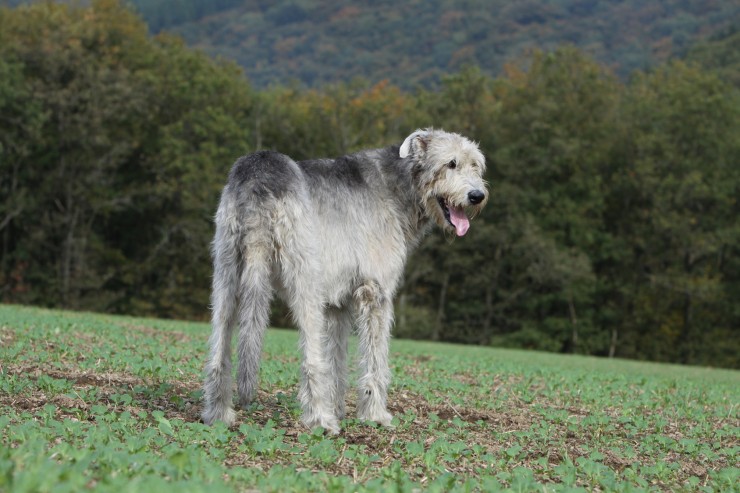 What Is Canine Megaesophagus?
What Is Canine Megaesophagus?
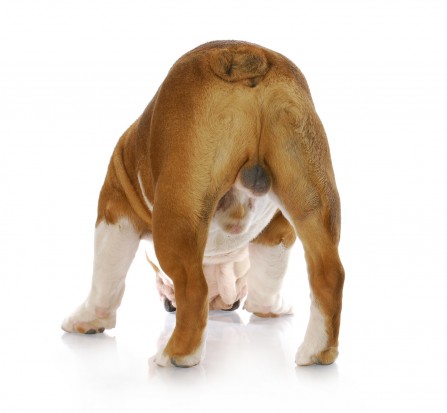 Potential Problems With The Anal Glands In Dogs
Potential Problems With The Anal Glands In Dogs
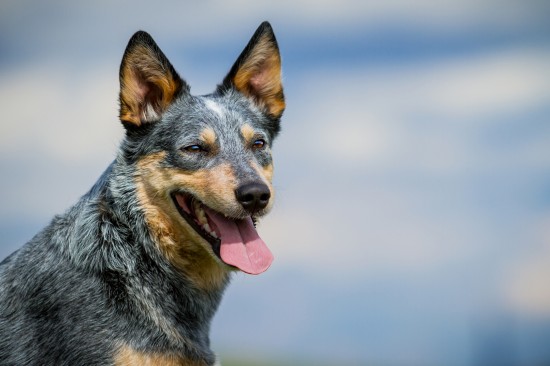 Temperament, Personality And Behaviour Of The Australian Cattle Dog
Temperament, Personality And Behaviour Of The Australian Cattle Dog
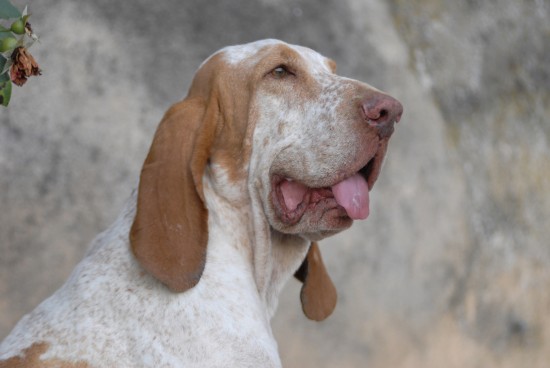 The Bracco Italiano A Robust Breed With Few Health Issues
The Bracco Italiano A Robust Breed With Few Health Issues
 What Makes Humankind Unique to All Other Animals
What Makes Humankind Unique to All Other Animals
 Twenty Five Fun And Interesting Facts About Budgies
Twenty Five Fun A
Twenty Five Fun And Interesting Facts About Budgies
Twenty Five Fun A
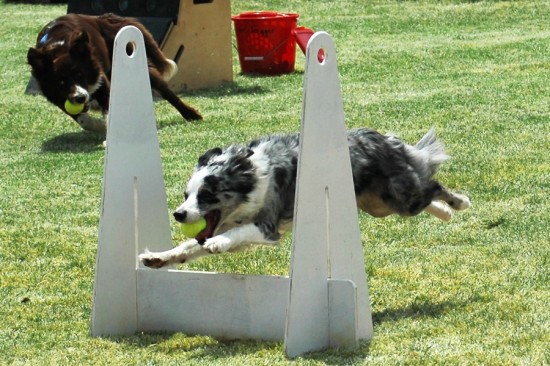 Canine Flyball For Beginners
Canine Flyball Fo
Canine Flyball For Beginners
Canine Flyball Fo
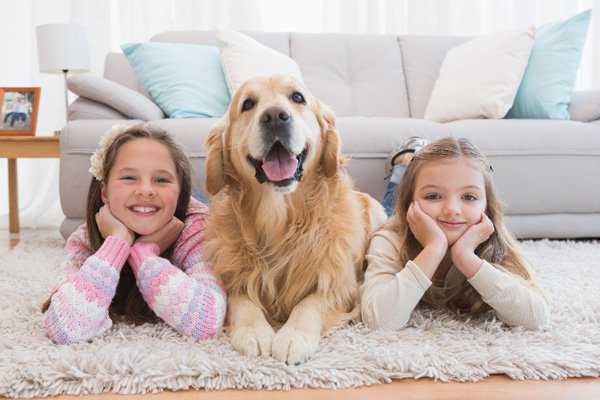 Dependable Cattery Warrington services
Dependable Cattery Warrington services
No matt
Dependable Cattery Warrington services
Dependable Cattery Warrington services
No matt
 Dog Food And Your Dogs Health
Dogs have survived for thousands of years on meat and th
Dog Food And Your Dogs Health
Dogs have survived for thousands of years on meat and th
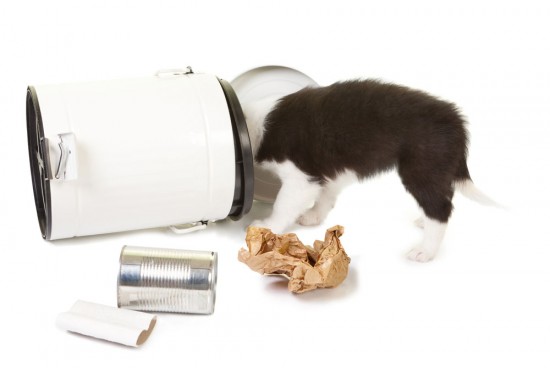 Help! My Dog Won’t Stay Out Of The Bin!
Help! My Dog Won’
Help! My Dog Won’t Stay Out Of The Bin!
Help! My Dog Won’
Copyright © 2005-2016 Pet Information All Rights Reserved
Contact us: www162date@outlook.com